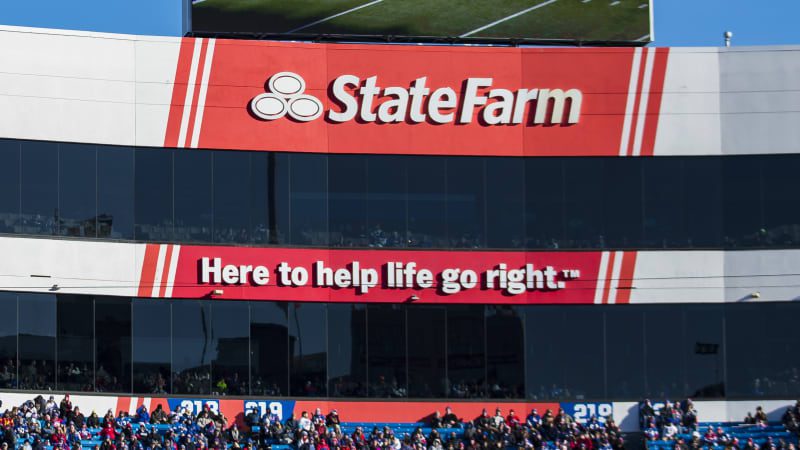J.D. Power Auto Insurance Study finds steady satisfaction

2022 marks the 23rd year of the J.D. Power U.S. Auto Insurance Study, this one affirming lessons that should have been learned a long time ago. But first, as explained by J.D. Power, the study “examines customer satisfaction in five factors: billing process and policy information; claims; interaction; policy offerings; and price.” Results were compiled from answers provided earlier this year by 36,935 auto insurance customers, the big news this year about pricing and satisfaction. Insurance wouldn’t be immune to inflation in any scenario, seeing that materials to fix a vehicle come from the same raw materials skyrocketing in price. But the last few years of crashes and sky-high vehicle pricing threw two more bombs at actuarial tables, forcing insurers to raise many premiums.
However, the study found that overall customer satisfaction hasn’t changed much from last year. Satisfaction with auto insurance averages out to a score of 834 out of 1,000, a single point down on last year’s score. Overall customer satisfaction with the prices of auto insurance took a larger drive, earning a score of 769, down five points from 2021. Insurance agencies that provided new contact methods helped, policy holders happy about being able to handle quick matters online and save detailed issues for phone calls.
The result showed that some insurers helped keep scores from freefalling by heeding an old lesson: Notifying customers of the bad news in advance, and being transparent about what was happening and why. More companies did more work to inform more customers ahead of time, the prewarned customers being 37% more satisfied overall.
Overall price satisfaction scores were also partly propped up by the record number of drivers adopting usage-based insurance. That’s the term for insurance pricing based on how a vehicle is driven; vehicle owners place a driving telematics logger in their car, the captured information then shared with the insurance company so rates can be set based on verifiable data. Participation in usage-based programs has doubled since 2016, rising to 16% of drivers. Based on responses to the survey, those are, on average, 59 points happier with their prices than drivers using non-customized rates.
J.D. Power uses the data to rank insurers according to 11 national regions, and we thought there were interesting findings in the rankings, too. Only one of the big national agencies with seemingly unlimited ad budgets earned a top spot, State Farm in the southwest region. Every other winner, some at the top for anywhere from two to 11 consecutive years, might operate nationally but are regional favorites. The Hartford took top billing in the northwest and in Florida. The Texas Farm Bureau owns that state and came first, Wawanesa only operates in California and Oregon and took the trophy for California. At the other end of the list, in all but one state where it made the rankings, Nationwide appeared at or near the bottom. So make sure you stay aware of your best options — seems they’re usually not in YouTube ads.
Related video:



